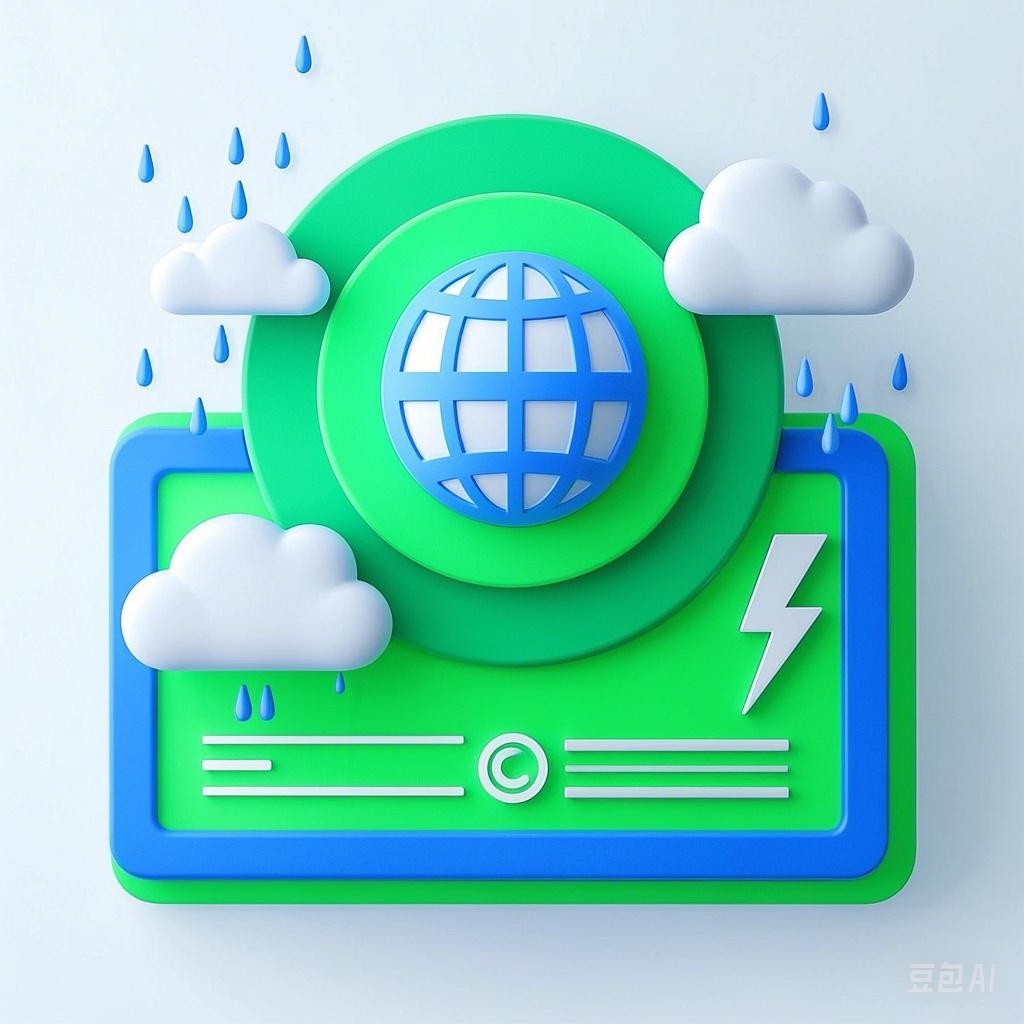Natural disasters have been a constant reminder of the fragility of human existence and the immense power of the natural world. These events, often sudden and devastating, can cause widespread destruction and loss of life. This guide aims to provide an in-depth understanding of various natural disasters, their characteristics, and the impacts they have on society.
Introduction
Natural disasters are caused by natural processes of the Earth and can be categorized into several types based on their origin and characteristics. Some of the most common natural disasters include earthquakes, volcanic eruptions, floods, hurricanes, tsunamis, and wildfires. Each of these disasters has unique characteristics and impacts, making it crucial to understand their nature to mitigate their effects.
Earthquakes
Characteristics
- Cause: Earthquakes are caused by the sudden release of energy in the Earth’s crust, often along fault lines.
- Magnitude: Measured on the Richter scale, which quantifies the energy released.
- Richter Scale: The scale ranges from 1 to 10, with higher numbers indicating more powerful earthquakes.
- Shaking Intensity: The intensity of shaking is measured on the Modified Mercalli Intensity scale, which rates the effects of an earthquake on people and structures.
Impact
- Landslides and Tsunamis: Earthquakes can trigger landslides and tsunamis, especially in coastal areas.
- Structural Damage: Buildings and infrastructure can be severely damaged or destroyed.
- Casualties: High casualty rates are common due to collapsing structures and the inability to escape.
Mitigation
- Earthquake-Resistant Construction: Building codes require structures to be designed to withstand earthquakes.
- Early Warning Systems: Seismic monitoring networks can provide early warnings, allowing for evacuation procedures.
Volcanic Eruptions
Characteristics
- Cause: Volcanic eruptions occur when magma rises to the surface and erupts.
- Types: Eruptions can be effusive (lava flows) or explosive (ash clouds and pyroclastic flows).
- Vulcanian: Characterized by ash clouds and gas explosions.
- Plinian: Marked by towering ash columns and powerful pyroclastic flows.
Impact
- Ashfall: Fine volcanic ash can travel long distances and cause respiratory problems and damage to crops and infrastructure.
- Pyroclastic Flows: These fast-moving currents of hot gas and ash can destroy everything in their path.
- Lava Flows: These can engulf everything in their path, including homes and forests.
Mitigation
- Volcano Monitoring: Continuous monitoring of volcanic activity helps in predicting eruptions.
- Evacuation Plans: Prepared evacuation plans can save lives during eruptions.
Floods
Characteristics
- Cause: Floods are typically caused by heavy rainfall, melting snow, or the overflow of rivers.
- Types: They can be categorized as riverine, coastal, or flash floods.
- Riverine Floods: Occur when rivers overflow their banks.
- Coastal Floods: Caused by storm surges and high tides.
- Flash Floods: Result from intense rainfall over a short period.
Impact
- Loss of Life: Floods can lead to drowning and other accidents.
- Property Damage: Homes, businesses, and infrastructure can be destroyed.
- Economic Impact: Floods can cause significant economic loss.
Mitigation
- Levees and Dams: These structures can help control the flow of water during floods.
- Flood Insurance: Insurance can provide financial protection against flood damage.
Hurricanes
Characteristics
- Cause: Hurricanes form over warm ocean waters and are fueled by the heat and moisture in the atmosphere.
- Types: They can be tropical storms, hurricanes, or super hurricanes.
- Wind Speed: Hurricanes are classified based on their sustained wind speeds.
- Storm Surges: These are the rise in sea level that occurs during a hurricane.
Impact
- Wind Damage: Strong winds can destroy homes and infrastructure.
- Rainfall: Heavy rainfall can lead to flooding.
- Storm Surges: Can cause widespread coastal flooding.
Mitigation
- Building Codes: Homes and buildings are constructed to withstand hurricane-force winds.
- Evacuation Plans: Pre-established evacuation routes and plans help in safely moving people away from the path of the hurricane.
Tsunamis
Characteristics
- Cause: Tsunamis are caused by underwater disturbances, such as earthquakes, volcanic eruptions, or landslides.
- Propagation: They can travel across entire oceans and reach coastal areas with great speed.
- Wave Height: Tsunamis can have wave heights of up to 100 feet or more.
Impact
- Coastal Erosion: Tsunamis can cause significant erosion along coastlines.
- Casualties: The sudden rise in sea level can lead to drowning and other accidents.
- Infrastructure Damage: Coastal infrastructure can be severely damaged or destroyed.
Mitigation
- Early Warning Systems: Tsunami warning systems can provide timely alerts to coastal communities.
- Evacuation Plans: Pre-established evacuation plans are crucial for ensuring the safety of coastal residents.
Wildfires
Characteristics
- Cause: Wildfires are caused by natural factors, such as lightning, and human activities, such as campfires and arson.
- Propagation: They spread quickly, fueled by dry vegetation and strong winds.
- Types: Wildfires can be categorized as grass fires, forest fires, and brush fires.
Impact
- Property Damage: Homes, businesses, and infrastructure can be destroyed.
- Economic Loss: Wildfires can cause significant economic loss.
- Health Risks: Smoke and ash can cause respiratory problems and other health issues.
Mitigation
- Forest Management: Controlled burns and other forest management techniques can reduce wildfire risks.
- Community Preparedness: Communities can be educated on wildfire safety and preparedness.
Conclusion
Natural disasters are a constant threat to human life and property. Understanding their characteristics and impacts is crucial for developing effective mitigation strategies. By implementing proper building codes, early warning systems, and evacuation plans, societies can better prepare for and respond to these devastating events.
